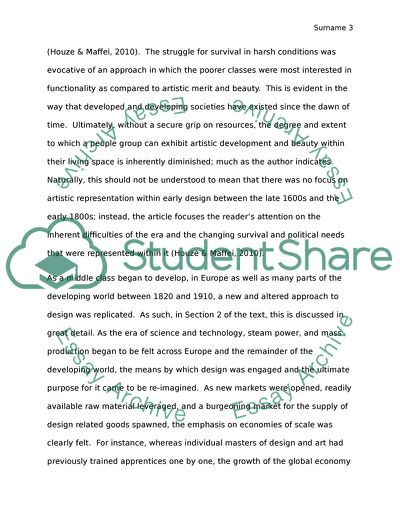Cite this document
(The Design History Reader Essay Example | Topics and Well Written Essays - 2250 words, n.d.)
The Design History Reader Essay Example | Topics and Well Written Essays - 2250 words. https://studentshare.org/design-technology/1843231-textile-design-history
The Design History Reader Essay Example | Topics and Well Written Essays - 2250 words. https://studentshare.org/design-technology/1843231-textile-design-history
(The Design History Reader Essay Example | Topics and Well Written Essays - 2250 Words)
The Design History Reader Essay Example | Topics and Well Written Essays - 2250 Words. https://studentshare.org/design-technology/1843231-textile-design-history.
The Design History Reader Essay Example | Topics and Well Written Essays - 2250 Words. https://studentshare.org/design-technology/1843231-textile-design-history.
“The Design History Reader Essay Example | Topics and Well Written Essays - 2250 Words”. https://studentshare.org/design-technology/1843231-textile-design-history.


